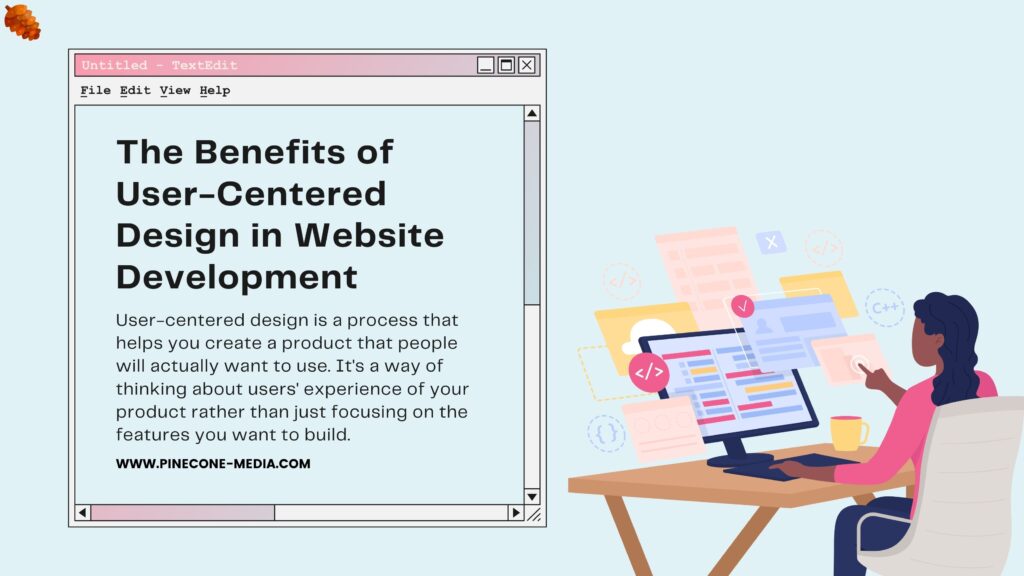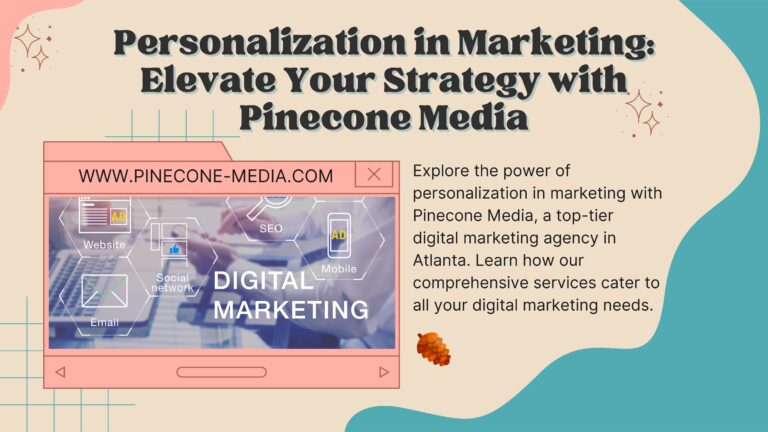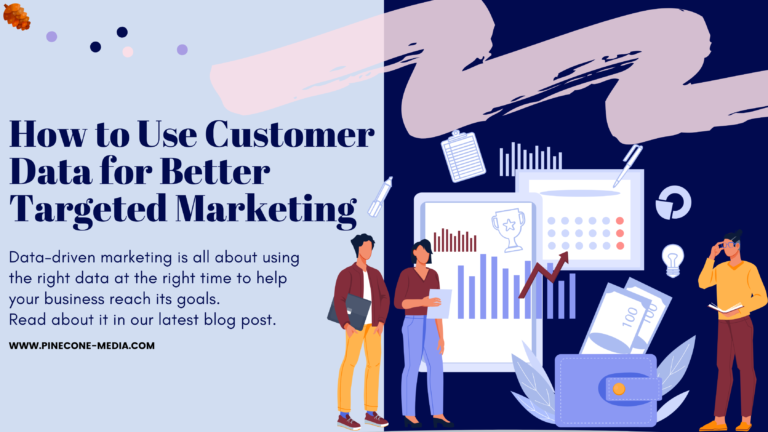User-centered design is a process that helps you create a product that people will actually want to use. It’s a way of thinking about users’ experience of your product rather than just focusing on the features you want to build.
So, why should you care about user-centered design? Well, it can help make your product better by focusing on what the user needs instead of what you think they need or want. It also helps make sure your product aligns with business goals and keeps users happy through each step of their journey.
What is User-Centered Design?
User-centered design is a process that focuses on users and their needs. It’s a way to design products that are easy to use, pleasing to look at, and valuable to the user.
User-centered design is an iterative process that involves research, prototyping, testing and refinement. In this article we’ll take a look at some of the benefits of user-centered design as well as how it can help you build websites better suited for visitors.
Why is User-Centered Design important?
User-centered design (UCD) is an approach to product development that puts the user at the center of the design process. It’s not a methodology; it’s a mindset that helps you build a better product by considering users’ needs, goals and tasks from early on in your project.
User-centered design helps you build products that people will love because they feel included in its creation. It can also help you avoid common pitfalls like designing for yourself or focusing too much on what competitors are doing instead of focusing on what users want.
User Centered Design Principles
User-centered design is a human-centered approach to design. User-centered designers focus their efforts on understanding who the users are, and what they need from a product or service. This means designing around their tasks, goals, and motivations–and designing for the way they think and behave when interacting with technology (or anything else).
User centered principles include:
- Empathy – putting yourself in someone else’s shoes
- Focus on users’ goals – not just features (which may not help them achieve those goals)
What is the User Centered Design Process Like?
User Centered Design (UCD) is a process that starts with research and ends with validation. It involves understanding the user, their needs, and their context; discovering the problem and identifying solutions. In between these two points there are several other steps:
- Define the problem(s)
- Identify users’ goals or tasks that need to be completed in order for them to solve those problems for themselves
- Conduct usability tests (or interviews/surveys) on your site’s current iteration so you can learn about what works well for users – what doesn’t work well – where they get stuck, etc.
How to measure the outcome of User-Centered Design
Measuring the outcome of user-centered design can be difficult, but there are a few key metrics you should be tracking.
A/B Testing: This is one of the most common ways to measure UX. It involves running two versions of your website and comparing their performance. In this case, you’d compare an original version with a newer version that has been redesigned based on user feedback and data analytics.
Surveys: Surveys are another way to understand what users want from your website or product before development begins. You can survey them directly through email surveys or online forms (like Google Forms), or indirectly by asking them questions during interviews or usability tests (more on those later). One thing to keep in mind is that not all users will respond truthfully–so if possible try using multiple methods at once!
User Interviews: Getting direct input from real people who use your site everyday gives designers invaluable insight into what works well for them–and where improvements could be made without having any guesswork involved at all!
Usability Testing: This method involves observing actual users interact directly with prototypes created based off previous research findings so that problems related specifically about functionality can be identified before going live with any new features.
What else do you need to know about User-Centered Design?
It’s also important to note that UX is not just about the design of a product, but also about how users experience it. It is a holistic approach to building software that includes research, design and testing.
You may be wondering how you can incorporate user-centered design into your web development process if you don’t have time for all these steps. If this is your concern–and it probably should be–then let me put your mind at ease: You don’t need an army of people working on user experience full time in order for it to be successful! In fact, many companies use remote workers who work remotely from home offices or coffee shops around town (or even overseas). This allows them more flexibility when hiring people with different skill sets; plus they get access to individuals who might not otherwise be available locally because they don’t live near where those jobs are posted online.
UCD can help you build a better product.
The benefits of user-centered design are many, but one of the most important is that it helps you build a better product.
User-centered design (UCD) is an approach to product development that puts customers first. It’s an iterative process where you test your ideas with users early in the process, make changes based on their feedback, then repeat until you have something that works well for everyone involved.
User-Centered Design is a process that helps you create better products for your users. It ensures that you’re designing with their needs in mind, so that they can have an awesome experience with your product.





